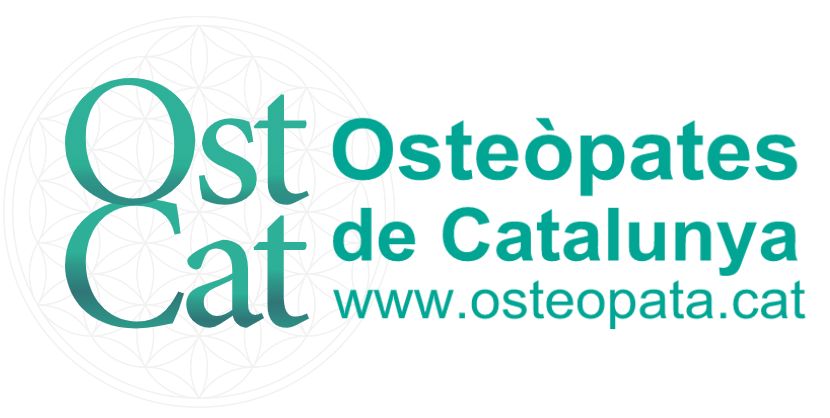THE CONTRAINDICATIONS
Osteopaths have the responsibility to properly diagnose and refer patients when the patient's condition requires therapeutic intervention outside the competence of the osteopath. The existence of specific approaches and techniques that are contraindicated under specific conditions must also be recognized.
The contraindications identified by the community of osteopaths have been grouped according to the osteopathic techniques used: these can be direct, indirect, combined, fluidic and / or reflexive. Direct techniques, such as muscular energy, thrust, and articulatory maneuvers, present different risks compared to indirect, fuidic, and refex techniques. There are few publications that show evidence on which techniques should be avoided under specific conditions. Osteopaths use their understanding of patients' pathophysiology and the mechanism of action of the technique to establish the absolute and relative contraindications that are biologically plausible. On this basis the following lists have been established.
Contraindications for direct techniques.
Direct techniques may use "thrust", impulse, muscle contraction, fascial work, or passive range of motion, to get the tissue response. These techniques can be applied specifically to a joint or specifically to a larger area of the body. Often times, an area where a direct technique should not be applied can be safely and effectively treated by an alternative technique, for example indirect, fuidic, or refex techniques. There are absolute and relative contraindications to direct techniques.
Systemic conditions that are absolute contraindications to direct techniques.
Suspicion of bleeding disorder;
- Prolonged bleeding episodes;
- Anticoagulant drug therapy without recent evaluation of treatment;
- Coagulation abnormalities;
- Congenital or acquired connective tissue diseases that compromise the
- tissue integrity;
- Metabolic disorders, metastatic and / or rheumatoid diseases where there may be a
- compromise of the integrity of bones, tendons, ligaments or joints.
Systemic conditions that constitute relative contraindications to direct techniques.
• Osteoporosis;
• Osteopenia.
Absolute contraindications for the specific and local application of direct techniques.
- Aortic aneurysm;
- Open wounds, skin disorders, recent surgery;
- Acute hydrocephalus;
- Hydrocephalus without differential diagnosis;
- Acute intracerebral hemorrhage;
- Acute cerebral ischemia, including transient ischemia;
- Suspicion of cerebral arteriovenous malformation;
- Brain aneurysm;
- Abdominal pain;
- Acute cholecystitis with suspected leak or rupture;
- Acute appendicitis with suspected leak or rupture;
- Acute or subacute closed head injury;
- Acute intervertebral disc herniation with progressive neurological signs;
- Suspicion or evidence of vascular compromise;
- Suspicion of involvement of the vertebral artery;
- Congenital malformation;
- Acute cauda equina syndrome;
- Ocular lens implantation (first postoperative period);
- Uncontrolled glaucoma;
- neoplasia;
- Suspicion of bone involvement, as in osteomyelitis, bone tuberculosis, etc., or risk of it.
Absolute contraindications for the specific and local application of the "thrust" or the impulse technique.
- Specific technique on a joint with surgical internal fxacio.
- Bones or joints with compromised stability, as can occur in neoplastic foci, metastatic disease, suppurative arthritis, septic arthritis, diseases
- rheumatic diseases, osteomyelitis, bone tuberculosis, etc .;
- Acute fracture;
- Bone or intramuscular hematoma or abscess.
Relative contraindications for the specific and local application of the "thrust" or the impulse technique.
- Intervertebral disc herniation;
- Ligamentous strain at the site of application;
- Acute whiplash injury.
- Contraindications to indirect, fuidic, balance and reflex techniques.
Indirect, fuidical, balancing and reflex techniques can be applied specifically to a joint or nonspecifically to a larger area of the body. These techniques do not involve the restrictive barrier. They may include as part of the application of the fascial and soft tissue compression or traction technique, hydraulic pressures, respiratory phases, and cranial or postural adjustments. In general, the relative contraindications for indirect techniques refer to the clinical-temporal profile of the problem.
Absolute contraindications for the local application of indirect, fuidic, balance and refex techniques.
- Acute hydrocephalus without differential diagnosis;
- Acute cerebral hemorrhage;
- Acute intracerebral vascular accident;
- Suspicion of cerebral arteriovenous malformation;
- Brain aneurysm;
- Suspicion of acute peritonitis;
- Acute appendicitis or other visceral disease with suspected leak or rupture;
- Recent closed head injury.
Relative contraindications for the local application of indirect, fuidic, and refex-based techniques.
- Metastatic disease;
- Neoplasia;
- Closed head injury.




